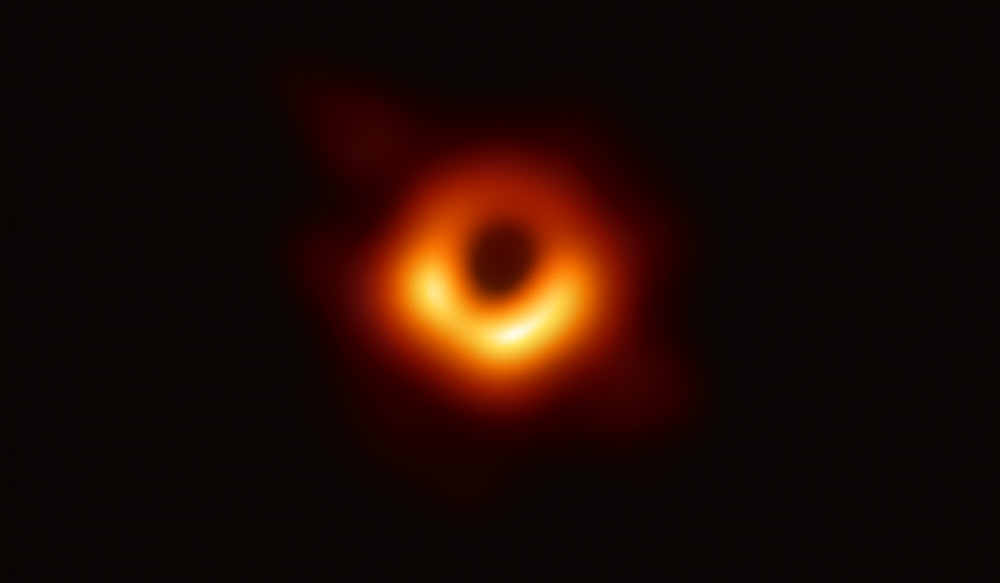
Peace in the Universe — John 14:23-29
At this time of year we ponder more explicitly the extraordinary moments of death and life that weave their way through our experience. These moments are always with us, but at Easter our faith communities invite us to attend to this rhythm of life and death even more intimately.
With attentiveness we can expand our horizons with growing ecological awareness. We recognise that these patterns are woven not just in the human community but in the fabric of the entire universe.
While I was composing this reflection an article by Dennis Overbye arrived in my inbox called “Darkness Visible, Finally: Astronomers Capture First Ever Image of a Black Hole”. It opened a whole new appreciation of John's text for me.
As the title suggests, Overbyte recognises an extraordinarily new phenomenon — an image of the unobservable. A black hole — a cosmic abyss so deep and dense that not even light can escape it.
What could this revelation about the story of the cosmos mean for us enlightened by resurrection?
As we undertake these journeys deep into the cosmos, we are reminded of the relational quality evoked by the words of the Johannine text: "love me", "love them", "make our home with them".
We have tended to read these texts as being directed to humans only. But an ecological reading goes further. In dialogue with Denis Edwards' work last month (TM April 2019), I wrote about our engagement with resurrection as including the "inner meaning of creation". I think that Overbye’s discussion of the Black Hole can extend the meaning even further when he notes that “supermassive black holes can be the most luminous objects in the universe". It now seems to me that we are being invited to a new way of reading — to a "universal" as well as "ecological" way.
The Johannine text (Jn 14:23-29) names the recipients of Jesus’s words as "disciples". How might this text be expanded if we understand the recipients/disciples to be not only humans but all other-than-human — including the universal?
This means that they, too, are addressed as caught up in the network of right relationships (love) that includes divinity as well as the human Jesus. It is in this new context that disciples are reminded of all that Jesus has taught them. This includes the new ecological perspectives into which disciples are being instructed.
In the Johannine text this new perspective is named peace: "Peace I leave with you; my peace I give to you. I do not give to you as the world gives" (Jn 14:27).
The text recognises that this peace differs from that of "the world" — of the human community. We can now read this text as that peace which includes the ecological and the universal — a peace far beyond what the world can give.
